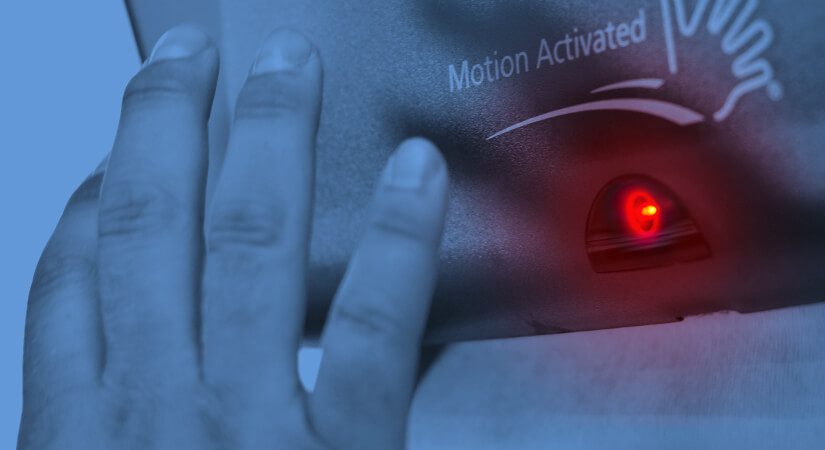Reducing operations cost is a concern for any business. This has purchasing agents scouring vendors and websites for the lowest price on materials. This approach can be deceiving however. The true data that matters when trying to make the most of your budget is known as “in-use cost”.This cost is usually calculated by determining how much it costs the company each time it is used. For example, when evaluating the cost of a hand soap, the only way to truly know what it costs the company is to derive a cost per hand wash. This means, once I know how much each soap costs per wash I can determine which product will be more cost effective. Many manufacturers factor this in to their product design, creating solutions that help to moderate usage, lowering the cost per use. This practice is known as “controlled usage”.
Controlled usage is how many businesses avoid waste and misuse. By securing the product and metering the portions being dispensed you can enjoy the following benefits:
- Significant cost savings
End users will use less product through the dispenser, providing a lower cost per use
- Increased time between refills
Since less product is being used, the time in between changing the product is increased. This gives the staff more time to complete other tasks to increase productivity
- Reduced product waste
Since the dispensers make it more difficult to use more product than needed, the amount of unused product ending up in the garbage or on the floor is greatly reduced.
- Decline in labor costs
Considering that the controlled use product will require less changing and less waste, labor costs for these tasks will be significantly lower.
Although a case of controlled usage product may have a higher price tag than some universal discount products, the in-use cost is usually much lower. Universal products are often overused and wasted due to the open nature of how they are dispensed. A quality controlled product will last much longer as well as providing additional savings as outlined above.

